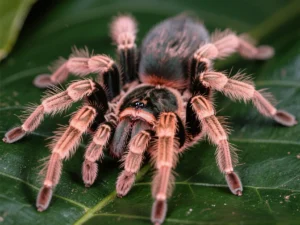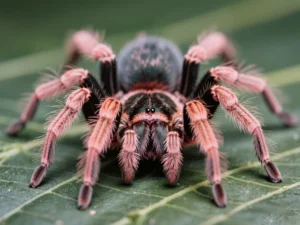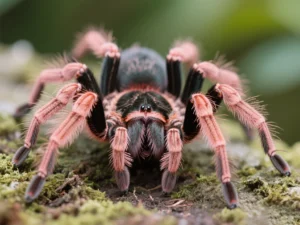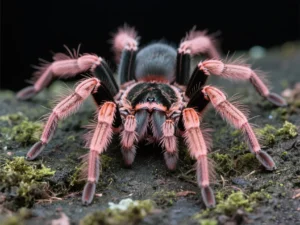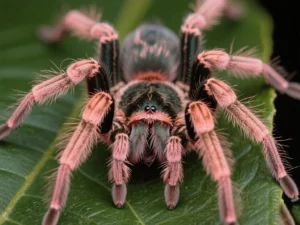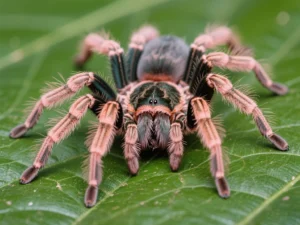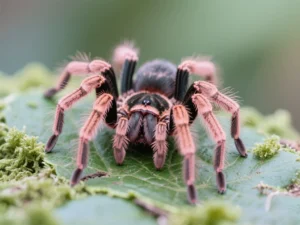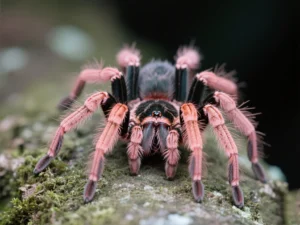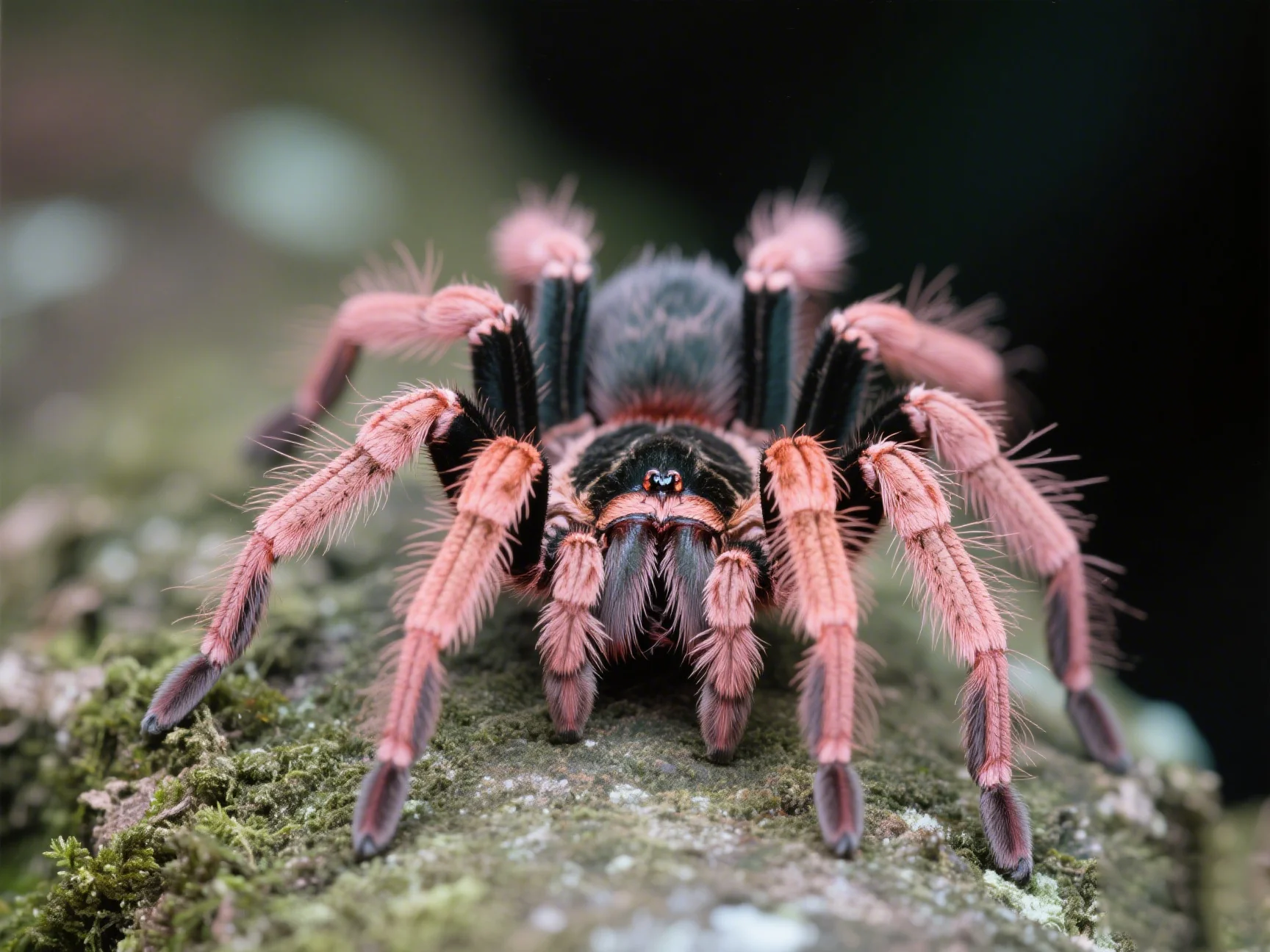
Tarantula Health
Are Antilles pinktoe tarantulas prone to any health issues?
Antilles pinktoe tarantulas (Caribena versicolor) are generally hardy when their specific care requirements are met. However, like all pets, they can be susceptible to certain health problems, many of which are directly linked to improper husbandry. Understanding these potential issues is key to prevention.
Husbandry-Related Issues
These are the most common problems encountered:
- Dehydration: Especially in spiderlings, insufficient humidity or lack of access to water can quickly lead to dehydration, characterized by lethargy and a shriveled abdomen.
- Mold/Fungal Infections: Caused by the combination of high humidity and poor ventilation. Stagnant, overly damp conditions allow harmful mold to grow, which can affect the tarantula’s book lungs or exoskeleton. Good cross-ventilation is essential.
- Stress: Chronic stress from frequent disturbances, improper handling attempts, lack of hiding places, or incorrect temperatures can weaken the tarantula’s immune system, making it more susceptible to other issues.
Molting Problems (Dysecdysis)
Molting is a vulnerable time for any tarantula. For *C. versicolor*, issues often relate to humidity:
- Stuck Molt: If humidity is too low, the old exoskeleton can dry out and harden, preventing the tarantula from emerging completely. This can lead to lost limbs or death.
- Molting Surface Issues: As arboreal spiders, they often molt within their web tubes or hanging vertically. A secure structure to molt on is necessary.
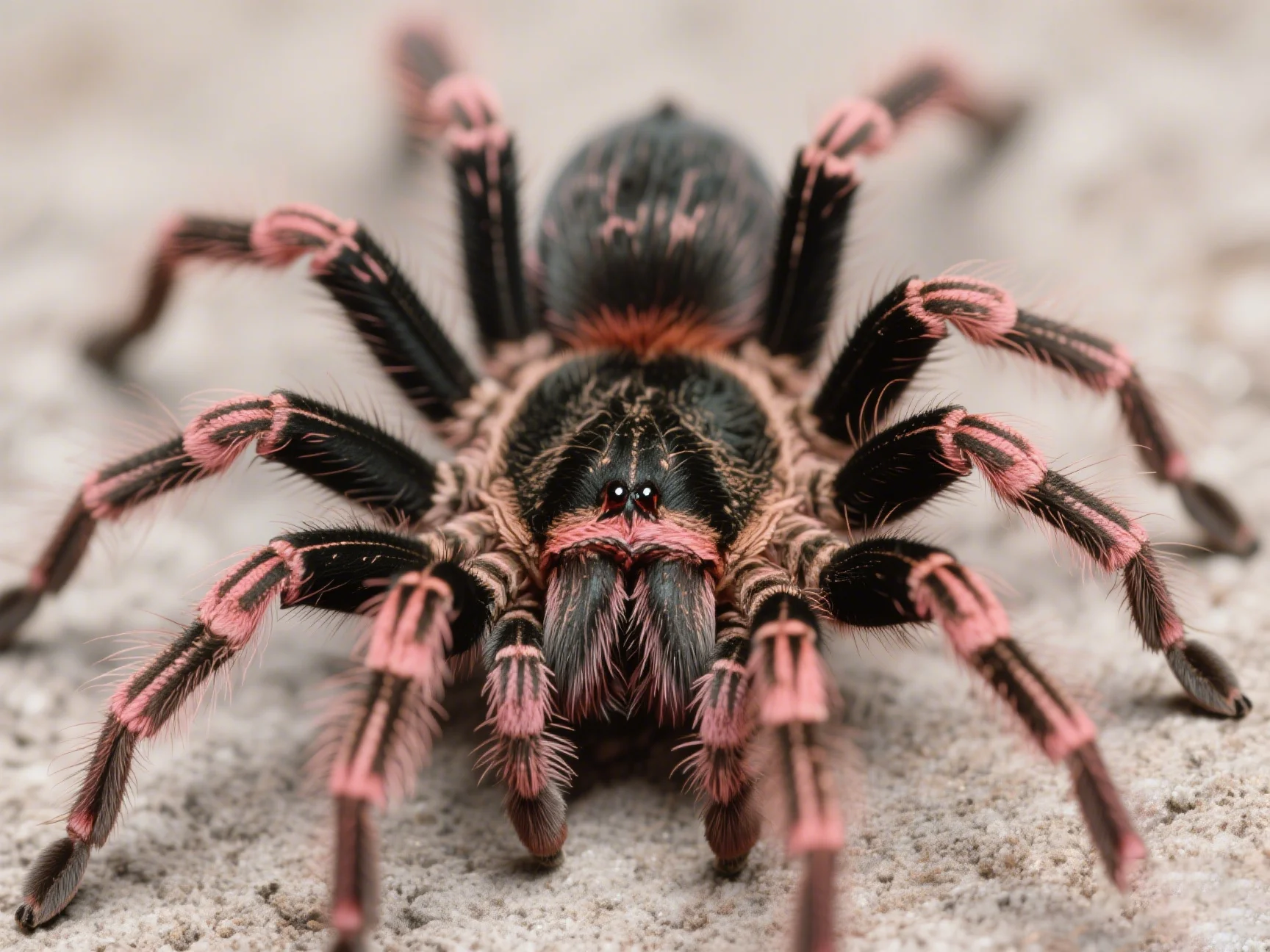
Recognizing the signs of an impending molt and ensuring optimal humidity are critical for avoiding these [common tarantula health problems](https://www.lopehare.com/tarantula-medical-information/).
Falls and Injuries
- Falls:** Due to their arboreal nature and speed, falls are a significant risk. A fall from even a moderate height can rupture the fragile abdomen, which is almost always fatal. This can happen within the enclosure if decor isn’t secure, or during handling/transfers.
- Lost Limbs:** Legs can sometimes be lost during bad molts or defensive encounters (though *C. versicolor* rarely defends aggressively). Lost limbs can regenerate over subsequent molts.
Abdomen Rupture: This is a critical emergency. While chances of survival are slim, immediate application of cornstarch or cyanoacrylate glue (superglue) to seal the wound is the only potential first aid, followed by expert veterinary care if possible.
Parasites and Pests
- Mites:** While often harmless substrate mites exist, parasitic mites can occasionally infest tarantulas, often seen around the mouthparts or book lungs. Maintaining a clean enclosure helps prevent issues.
- Nematodes:** Internal parasitic worms, sometimes indicated by white Gummy material around the mouthparts and unusual behavior. Often fatal.
- Phorid Flies/Fungus Gnats:** Pests attracted to overly damp substrate or decaying matter (like uneaten prey). While not directly harming the tarantula usually, large infestations indicate poor enclosure hygiene.
Preventative Care
The vast majority of health issues in *Caribena versicolor* can be prevented through meticulous husbandry:
- Maintain the correct temperature gradient (75-82°F / 24-28°C).
- Ensure high humidity (70-80%) WITH excellent cross-ventilation.
- Provide a secure, appropriately sized arboreal enclosure with climbing structures.
- Feed a varied diet of gut-loaded insects and remove uneaten prey promptly.
- Provide a shallow water dish.
- Minimize stress by avoiding unnecessary handling and disturbances.
- Practice good hygiene and regular spot-cleaning.
By focusing on providing the specific environmental conditions this species needs, you significantly reduce the risk of encountering health problems.
Health information compiled from veterinary sources specializing in invertebrates and experienced keeper knowledge bases like the British Tarantula Society (BTS).
